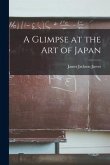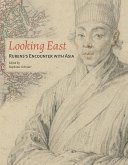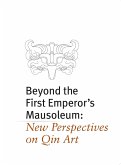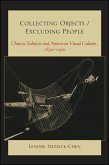Written by the foremost authority of the era on Oriental archeology and art, this extremely influential book offers a brief but concise introduction to Asian art. First published in 1883, it responded to a vogue in Western culture for a growing awareness and appreciation of Japanese artistic expressions of beauty and philosophy--a perspective that remains fresh and valid. Author Kakuzo Okakura (1862-1913) was a co-founder of the Tokyo Fine Art School (now known as Tokyo National University of Fine Arts and Music) and a curator of Oriental art at Boston's Museum of Fine Arts. He also wrote The Book of Tea, and together with this volume, his writings rank among the most widely read English-language works about Japan. Ideals of the East wrought profound effects on the Western understanding of the internal consistencies and strengths of East Asian aesthetic traditions. One of its major themes, the connections between spirituality and the evolution of Asian art, provided English-speaking people with the earliest lucid account of Zen Buddhism and its relation to the arts. Dover (2005) unabridged republication of the second edition of The Ideals of the East, with Special Reference to Japanese Art, originally published by E. P. Dutton and Company, New York, 1904.
Hinweis: Dieser Artikel kann nur an eine deutsche Lieferadresse ausgeliefert werden.
Hinweis: Dieser Artikel kann nur an eine deutsche Lieferadresse ausgeliefert werden.








